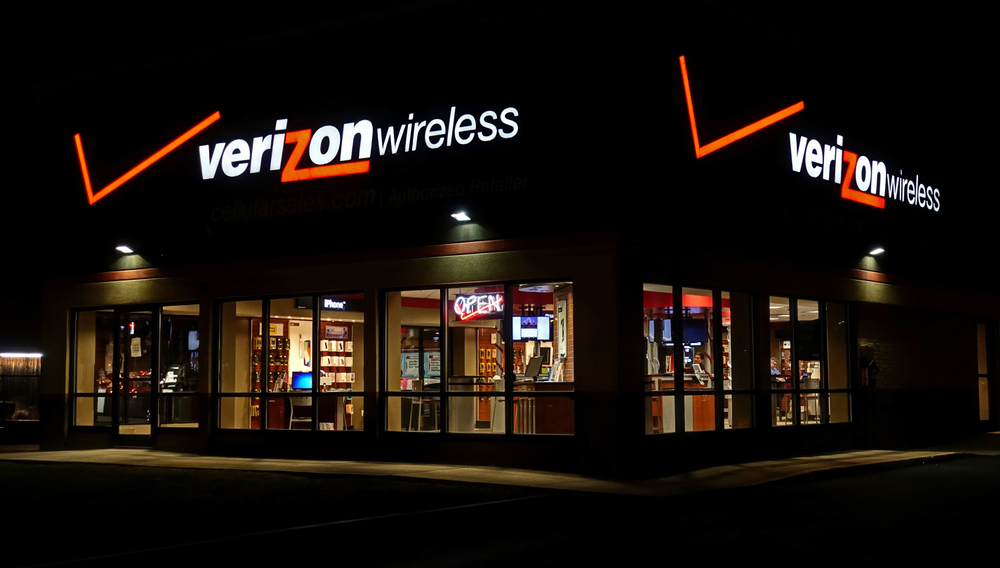While we’re going to have to wait until next year for 5G-capable phones to come out, Verizon is storming ahead with its plan to use 5G technology to deliver high-speed home internet. Its system will use millimeter-wave spectrum to deliver the internet that “last mile” from the end of the street into customers’ homes, all without having to run cables down the street and into your house.
Using millimeter-wave spectrum to get gigabit internet into homes cheaply is a promising technology, so much so that Google Fiber has more or less stopped rolling out physical fiber and is looking into it instead. But as with any new technology, there are questions surrounding the implementation, and Verizon has made a new video to clear up a few points.
The video, which can be found here, walks through a few common scenarios and questions about fixed 5G over millimeter-wave spectrum. According to the tests Verizon set up (which, like any corporate demonstration, need to be taken with a fistful of salt), millimeter-wave connections are stable enough to work through small physical obstacles like trees or a few walls, which critics have said would make millimeter-wave gigabit connections impractical.
Everything lines up with what Verizon VP of network support Mike Haberman told BGR earlier this year. Haberman said that millimeter-wave spectrum technology is “improving rapidly,” and many things that were initially thought to be deal-breakers can be worked around. For example, millimeter-wave links have traditionally needed a clear line of sight between receiver and transmitter to work properly, which makes deployment difficult.
Haberman said that tricks like beam-forming technology are letting them get around those limitations, and he claimed that Verizon has tested a deployment with a receiver inside the building, behind a wall, which still worked thanks to beam-forming technology. He also said that trials have established a gigabit link when the receiver and transmitter were “more than 2,000 feet apart,” which bodes well for deployment.










